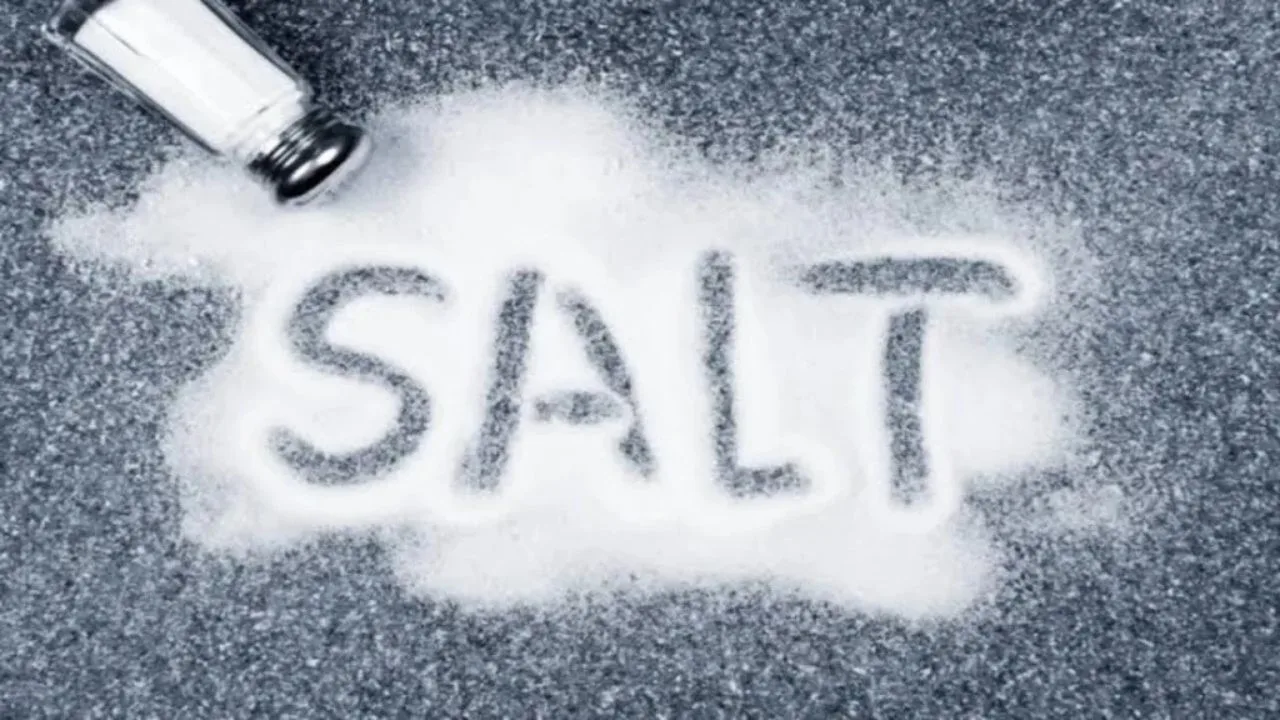The rainy season brings cool weather, fresh greenery, and the smell of wet soil. But along with the beauty of monsoon, it also brings extra moisture in the air. This extra humidity can make things in your kitchen damp and sticky. One of the most common problems during monsoon is salt becoming lumpy.
When salt absorbs moisture from the air, it forms hard clumps. This makes it difficult to take the right amount while cooking, and sometimes you have to break it with a spoon. But don’t worry – our desi ideas can help you keep your salt free-flowing and fresh all through the rainy season.
Why Salt Gets Moist in Monsoon
Salt is naturally hygroscopic. This means it easily absorbs water from the air. During monsoon, the air is full of moisture, so salt starts pulling water from it. This is why it becomes wet and clumpy. The same thing can happen to sugar, spices, and other dry ingredients.
If you store salt in a normal open container or even a loosely closed jar, it will quickly get damp. That’s why storing it properly is the first step to protect it.
Desi Tips to Save Salt from Moisture
Here are some simple and effective Indian household tips that our mothers and grandmothers have been using for years:
1. Add a Few Grains of Rice to the Salt
This is one of the most popular tricks. Rice absorbs moisture faster than salt, so it acts like a natural moisture catcher. Just put 6–8 grains of uncooked rice in your salt container. They will soak up the water from the air, leaving your salt dry.
Tip: Change the rice grains every month during monsoon for best results.
2. Store in an Airtight Container
Avoid leaving your salt in open bowls or loose containers. Use a glass jar with a tight lid or a high-quality plastic airtight container. This prevents humid air from entering. The tighter the lid, the longer your salt stays dry.
3. Keep It in a Cool, Dry Place
Where you keep your salt matters. Don’t store it near the stove or sink because steam and water splashes increase moisture. Keep it in a dry cupboard or shelf away from direct heat.
4. Use a Ceramic or Glass Container Instead of Steel
Steel containers can sometimes “sweat” in humid weather, adding to the problem. Glass or ceramic containers stay cooler and don’t create extra moisture, helping your salt last longer without clumps.
5. Add Desi Helpers – Cloves or Hing (Asafoetida)
Adding 2–3 cloves or a small piece of asafoetida (hing) can help absorb extra moisture and keep the salt smelling fresh. This is an old kitchen trick used in many Indian homes.
6. Dry the Salt in Sunlight
If your salt has already turned damp, spread it on a clean plate and keep it under the sun for a few hours. Once it’s dry, store it again in an airtight jar with rice grains.
Note: Make sure the plate is completely dry before you place the salt on it.
7. Use Rock Salt in Monsoon
Rock salt or sendha namak usually absorbs less moisture compared to fine powdered salt. You can use it directly or grind it before cooking. This helps you avoid the clumping problem during monsoon.
Bonus Tips to Keep Other Ingredients Dry
- Sugar: Store with rice grains or silica gel packets.
- Spices: Keep in airtight glass jars and add a few dried bay leaves to prevent insects and dampness.
- Flour: Store in a cool cupboard with dried red chillies to prevent bugs.
Why These Desi Ideas Work
Our ancestors didn’t have expensive gadgets to fight moisture, but they knew how to use natural ingredients around them. Rice grains, cloves, and hing are easily available and safe. Plus, these methods are eco-friendly and cost nothing.
Final Words
Monsoon is a season to enjoy chai, pakoras, and cosy evenings. Don’t let damp salt spoil your cooking mood. With a few easy desi kitchen hacks, you can keep your salt fresh, dry, and free-flowing all season. Just remember the golden rule – keep it airtight, keep it dry, and give it company of rice grains or spices.A little care goes a long way in keeping your kitchen ingredients in perfect condition during the rainy season.

